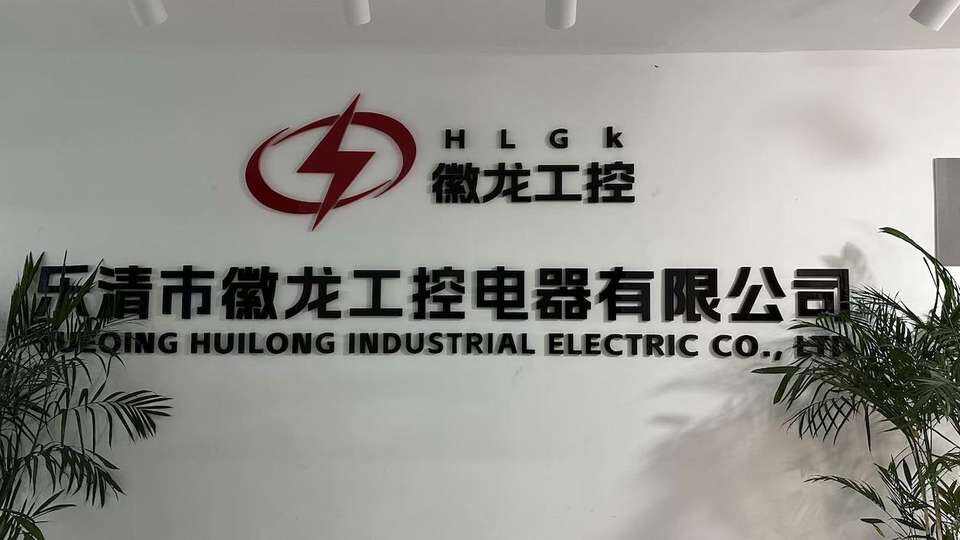Understanding Energy-Saving Intermediate Relays and Their Functionality
What Are Energy-Saving Intermediate Relays?
Energy-saving intermediate relays are electronic devices designed to efficiently reduce energy consumption in electrical systems by minimizing the power required to switch electrical loads. These innovative relays achieve their energy-saving capabilities through advanced technologies that significantly cut down on the amount of energy wasted during the switching processes. This is particularly beneficial in applications requiring frequent on/off cycling, where conventional relays might otherwise lead to higher energy consumption. Notable examples of energy-saving relays include solid state relays (SSR), which offer greater efficiency over traditional electromechanical relays, and those integrated with smart technology that further enhances their functionality and adaptability to various electrical environments.
The Role of Relays in Power Management Systems
Relays play a crucial role in automating and controlling electrical circuits, which significantly enhances the efficiency of power management systems. By enabling efficient switching of loads, relays are instrumental in reducing the risk of energy loss during operation. This makes them vital components in both residential and industrial power management. Moreover, designing relays with energy-saving features can lead to substantial reductions in energy costs over time. This is especially important for businesses looking to optimize their energy usage and decrease operational expenses. The strategic implementation of relays with integrated energy-saving guides not only bolsters power management but also supports sustainable energy practices.
Solid State Relays (SSR) vs. Traditional Electromechanical Relays
Solid state relays (SSR) provide a modern alternative to traditional electromechanical relays by utilizing semiconductor technology. This results in faster switching speeds and higher reliability, which are essential in applications where precision is crucial. Unlike electromechanical relays, SSRs lack moving parts, decreasing wear and tear, which enhances their lifespan and reduces overall maintenance costs. Notably, research indicates that SSRs can achieve up to 100% more energy efficiency compared to their electromechanical counterparts in certain scenarios, making them a preferred choice for businesses aiming to optimize their energy usage.
Integration of Photoelectric Sensors for Precision Control
The integration of photoelectric sensors in relay systems marks a significant advancement in precision control technology. These sensors detect light and convert it into electrical signals, providing an accurate response to changing conditions and significantly enhancing energy efficiency. By adjusting power output based on current load requirements, photoelectric sensors help prevent wasted energy. Many industries have reported considerable reductions in operational energy losses when employing this technology, demonstrating its impact on energy conservation efforts.
How SSR Relays Minimize Energy Waste
SSR relays are remarkable for their ability to minimize energy waste, primarily due to their low resistance during operation, which translates to less heat generation—a key aspect in preserving energy efficiency. Additionally, SSRs are equipped with precision timing capabilities that ensure electrical loads are powered only when needed. This timing control further reduces unnecessary energy consumption. According to recent research, industries that adopt SSR relays typically experience a notable 30% reduction in energy usage, establishing these relays as critical components in effective energy management strategies.
Reduced Energy Consumption and Operational Costs
Energy-saving relays can significantly reduce energy consumption, resulting in substantial savings on energy bills. This direct impact on the financial bottom line makes such systems attractive for businesses aiming to cut costs. Implementing these relays leads to less wear and tear, reducing the frequency of maintenance and associated expenses. The optimized operation of energy-saving relays contributes to improved overall efficiency, allowing organizations to focus resources elsewhere. Case studies often highlight companies saving upwards of 25% on energy expenses following the integration of these systems, underscoring their economic benefits.
Enhanced System Longevity and Reliability
Investing in energy-efficient relays can greatly extend the longevity of electrical systems. By minimizing the strain and wear on crucial components, these relays help protect and preserve the system's integrity over time. This durability translates into more reliable operations, reducing the risk of unexpected failures and enhancing overall performance. In fact, adopting energy-saving relay systems can result in a lifespan extension of up to 50%, according to industry data. Their resilience and reliability make them an invaluable asset for any business intent on maintaining a robust and stable electrical infrastructure.
Optimizing Solar and Wind Power Systems with Relays
Energy-saving relays play a crucial role in enhancing the efficiency of renewable energy systems, particularly in solar and wind power applications. These relays enable the optimal performance of power setups by efficiently switching power in response to dynamic energy generation conditions. They're especially effective in preventing system overloads and in managing energy flows within solar panels and wind turbines, leading to more sustainable energy management. Many solar farms have reported significant improvements in energy output, attributing this success to the use of relays for streamlined load management and energy efficiency.
Role of Relays in Smart Grids and Energy Distribution
Relays serve as the backbone of smart grids, offering automated and efficient energy distribution solutions to consumers. Their real-time monitoring and control capabilities enable precise, data-driven energy usage and distribution. This functionality is indispensable for maintaining efficient energy management within smart grids. Industry statistics reveal that the integration of advanced relay systems in smart grids can contribute to energy savings of up to 20%. This not only enhances the overall efficiency of the power distribution network but also supports the global transition towards more sustainable energy consumption practices.
IoT Integration for Adaptive Power Management
The integration of Internet of Things (IoT) technology into relay systems is revolutionizing power management by enabling real-time data analytics. This innovation allows for adaptive control strategies, where energy usage is dynamically optimized based on current needs and conditions. By continually analyzing data, IoT-integrated relays can make instant adjustments to maximize efficiency and minimize waste. This real-time adaptability not only improves energy savings but also enhances system reliability. With the growing awareness and adoption of smart technologies, developments indicate a projected market growth for IoT-relay systems by over 40% in the next five years, underscoring the significance of this technological shift.
Advancements in Photoelectric and Solid Relay Efficiency
Significant strides are being made in advancing the efficiency of photoelectric and solid relay technology. These advances are aimed at not only improving operational efficiency but also at reducing manufacturing costs, making the technology more accessible. Future innovations are likely to focus on enhanced materials that reduce energy losses and provide greater environmental durability, ensuring that relays perform well even in challenging conditions. Projections suggest that systems adopting these advanced technologies could surpass energy efficiency rates of 98%, offering a substantial leap forward in sustainable energy management. As these technologies become more commonplace, they promise to deliver both economic and environmental benefits.
Table of Contents
-
Understanding Energy-Saving Intermediate Relays and Their Functionality
- What Are Energy-Saving Intermediate Relays?
- The Role of Relays in Power Management Systems
- Solid State Relays (SSR) vs. Traditional Electromechanical Relays
- Integration of Photoelectric Sensors for Precision Control
- How SSR Relays Minimize Energy Waste
- Reduced Energy Consumption and Operational Costs
- Enhanced System Longevity and Reliability
- Optimizing Solar and Wind Power Systems with Relays
- Role of Relays in Smart Grids and Energy Distribution
- IoT Integration for Adaptive Power Management
- Advancements in Photoelectric and Solid Relay Efficiency







